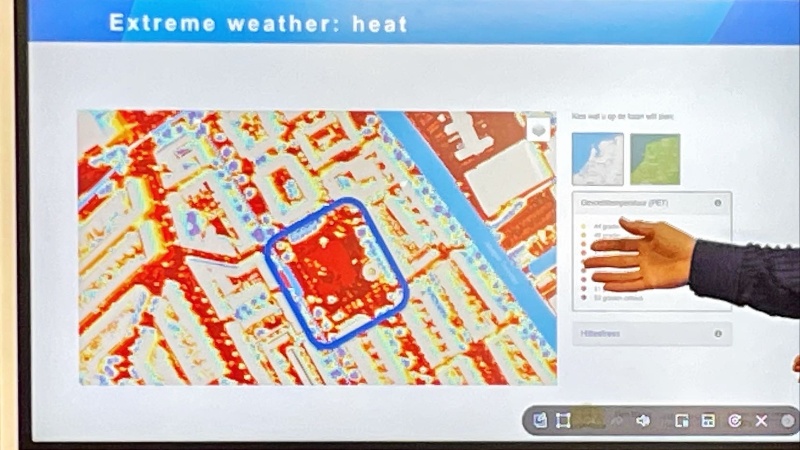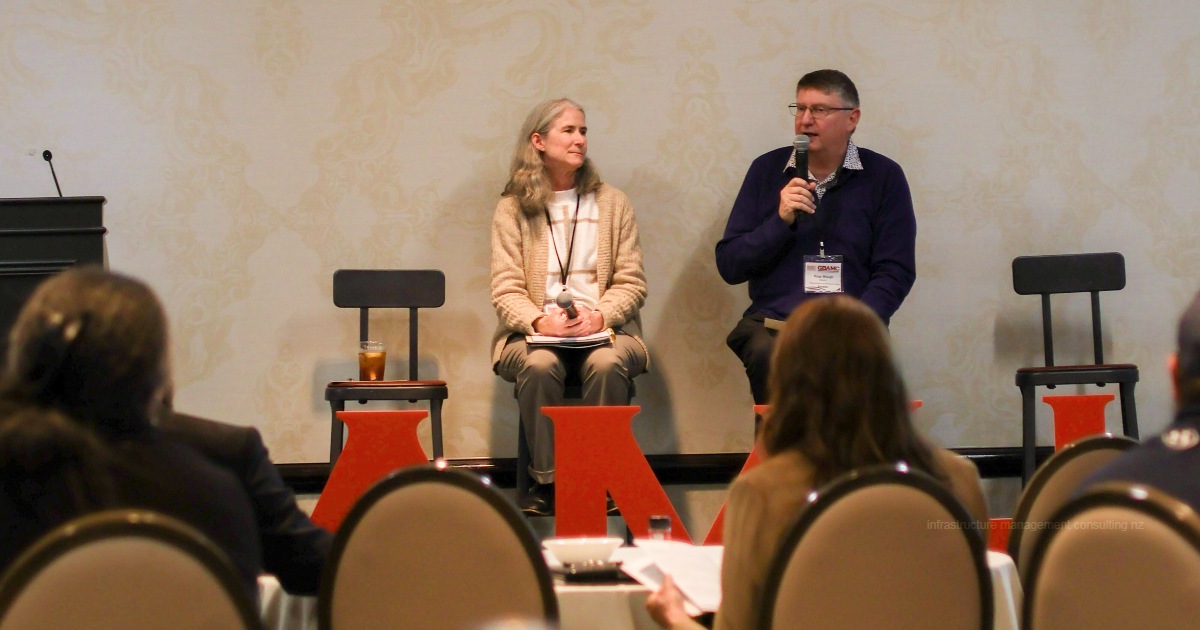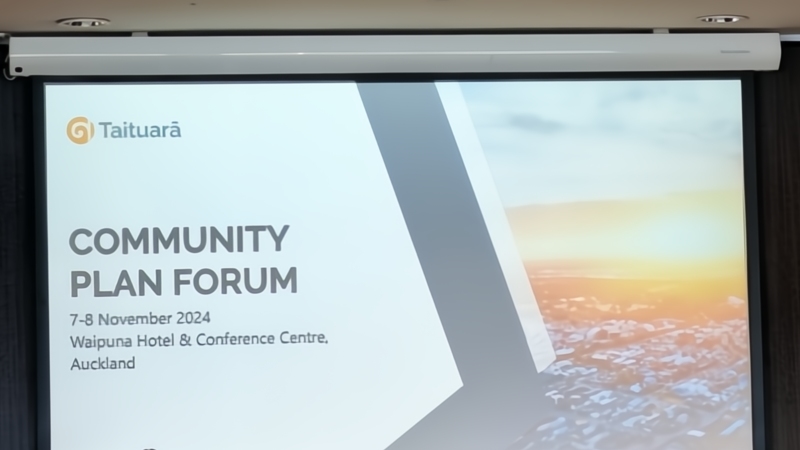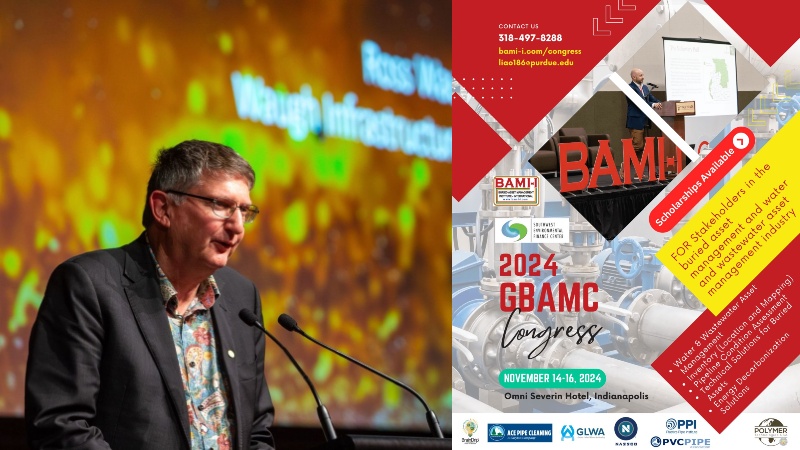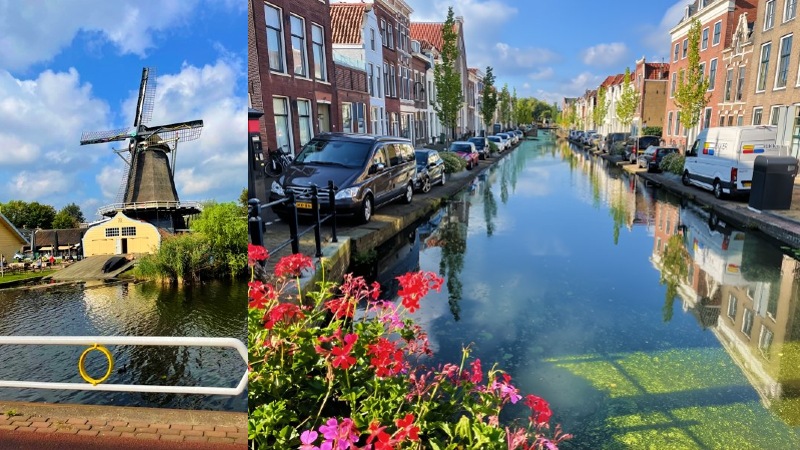
We have obtained permission from the Āpōpō to republish the article “Reflections on infrastructure from the Netherlands – Scholarship winner Hugh Blake-Manson on the road” by Hugh Blake-Manson, featured originally on the Āpōpō Views.
For this week’s Āpōpō Views piece, we’re bringing you something a little different. This article is a collection of notes, observations, and photos from Hugh Blake-Manson while in the Netherlands last week.
Hugh is the Chair of the Āpōpō Special Interest Group Wai Kotahi (embracing water as one) and was the recipient of the Senior Leadership Scholarship at the Āpōpō Awards this year.
Hugh applied the scholarship to attend the IFME Future Green City World Congress 23-26 September 2024 in Utrecht, The Netherlands.
While in the Netherlands, Hugh toured three interesting locations and learned about how they are combating climate change, picking up lessons that could benefit water infrastructure management back home.
Tuesday, 24 September 2024
Leidsche Rijn, Netherlands
Some thoughts from a field trip today through the ‘Sponge City Leidsche Rijn’
Utrecht realised it needed to expand. About 30 years ago, they began planning and identified an area with a capacity for 35,000 houses ( 00,000 people). As is typical in the Netherlands, the first and primary focus was on achieving canal water quality to bathing/swimming standards, using novel techniques across all aspects of development.
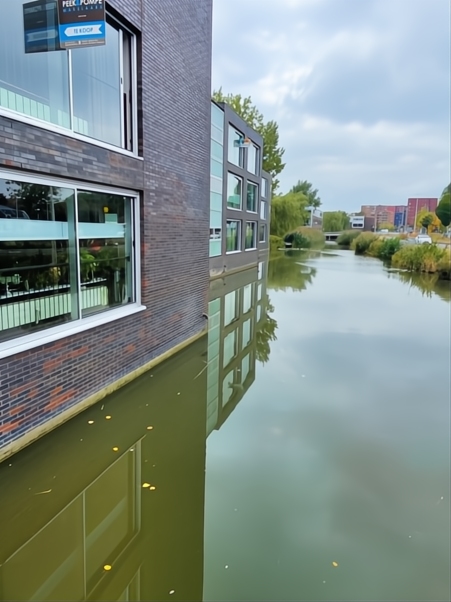
The land here includes sands, clays, and peats, each with very different water treatment and soakage attributes. Some areas contained ancient Roman ruins and, more recently, retired farms rich in nutrients from runoff. This farmland was of particular concern, as eutrophication of waterways was a real issue.
With cleaning up water as the focus, Utrecht designed low-impact urban water conveyance, treatment, and disposal systems. There were many challenges requiring a multi-disciplinary effort.
One issue was the high level of copper in the discharged water, which was resolved by removing copper downpipes and mass remediation of soakage areas.
Since then, the project has reduced urban zone temperatures, improved canal water quality, and accommodated some climate-change-related rainfall. Utrecht also has a policy of replacing stormwater conveyance and treatment systems every 30 years and wastewater systems every 50 years.
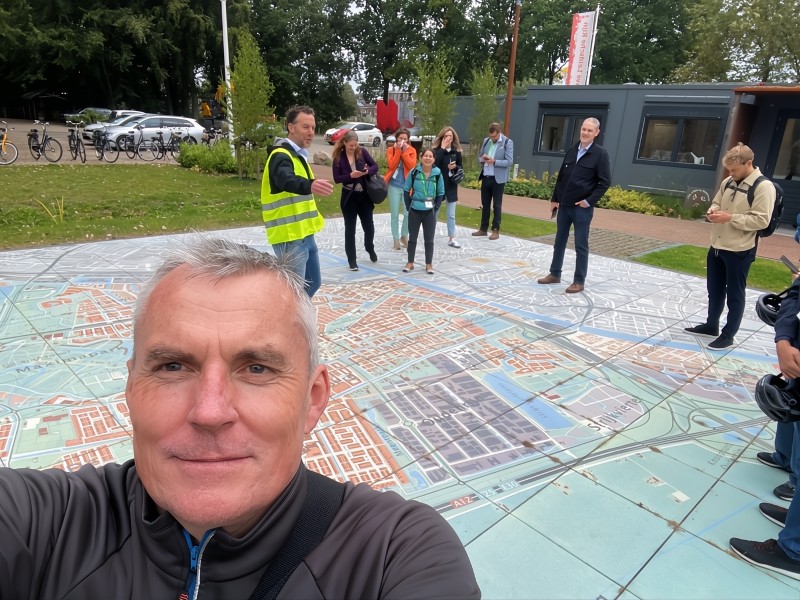
Sixty percent of funding comes from private property owners, with industry covering the remainder. Property rates are based on value, and as trees and urban assets mature, properties have become more desirable, leading to increased rates revenue.
However, challenges remain, such as dealing with invasive crayfish that damage canal banks and eat native fauna, increasing urban soakage areas, and introducing habitats for bats and swallows, along with food for insects.
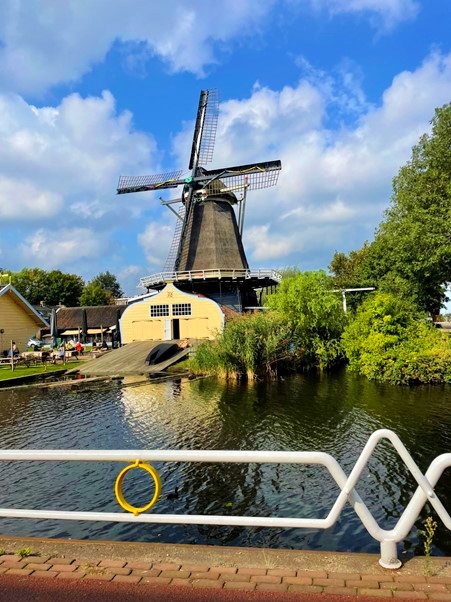
Tuesday, 24 September 2024
Gouda, the Netherlands
Gouda is approximately two meters below sea level. The city’s buildings are kept dry by continually pumping water from canals into larger waterways. Some older buildings, placed on short wooden piles, have sunk up to 0.75 metres over the past 100 years due to dewatered land, rendering them unstable.
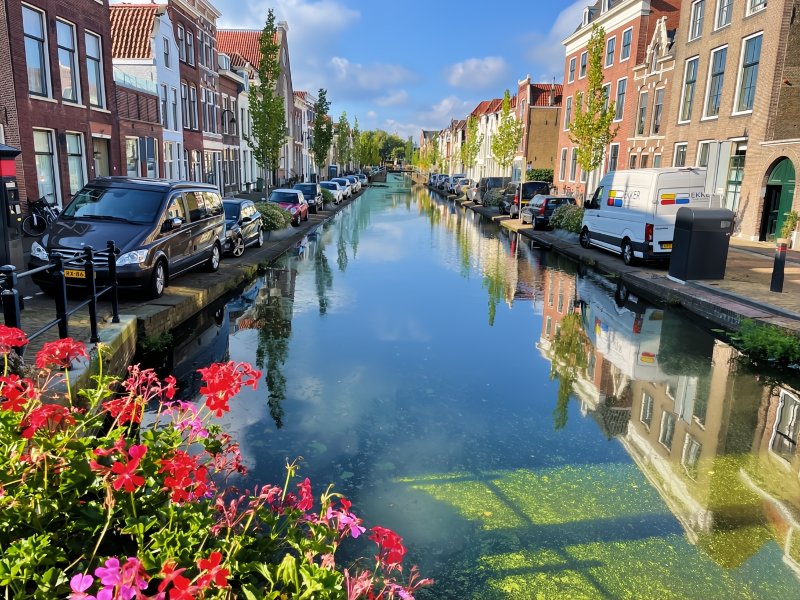
In other locations, well-installed piles prevent this, but the lack of ground soakage systems causes occasional flooding. One solution involves lowering the canal water level by 0.25 meters annually in areas without timber piles.
The challenges posed by climate change in New Zealand have been felt in low-lying parts of the Netherlands for decades. Their solutions are becoming more creative out of necessity, driven by collaboration between academia, local councils, and communities.


Friday 27 September
Den Haag (The Hague) – Cromvlietpark (The Urban Water Buffer)
My field trip to Cromvlietpark in Den Haag, The Hague, is fascinating. While I am not an expert on public spaces, achieving the outcomes in this park required clever water management before any amenity works were even considered.
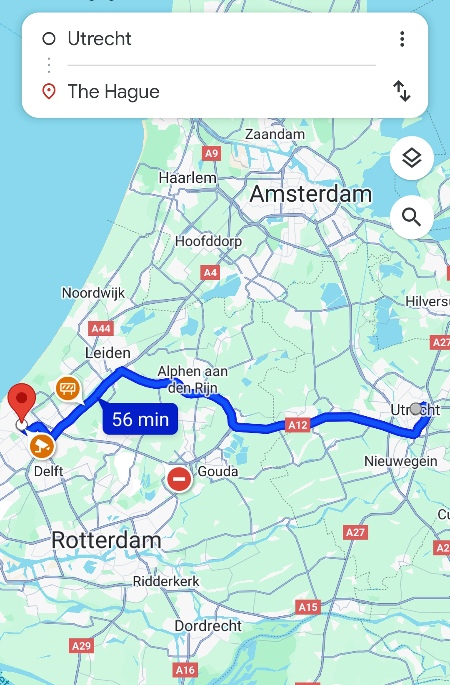
What makes this park unique is that it has been redesigned to provide numerous generational benefits.
Located in an area with dense, four-story urban housing and a significant migrant population, the community’s vision for the park included providing a cool place to sit in summer, fostering a connection with rural land, reducing flooding, growing food, and collecting stormwater for reuse.
The ability to have cows, sheep, and chickens on-site for community visits is seen as vital for fostering a connection between The Hagues’ urban communities and rural communities.
Stormwater from adjoining dense urban buildings is diverted from sewers and channelled into a 35,000 m³ natural sandy soil reservoir under the park.
While some water is lost through natural migration, the reservoir holds enough water for the park’s needs, such as irrigation for livestock, gardening, and green spaces. Amenities such as basketball courts and playgrounds are built down into the landscape to capture water for storage.
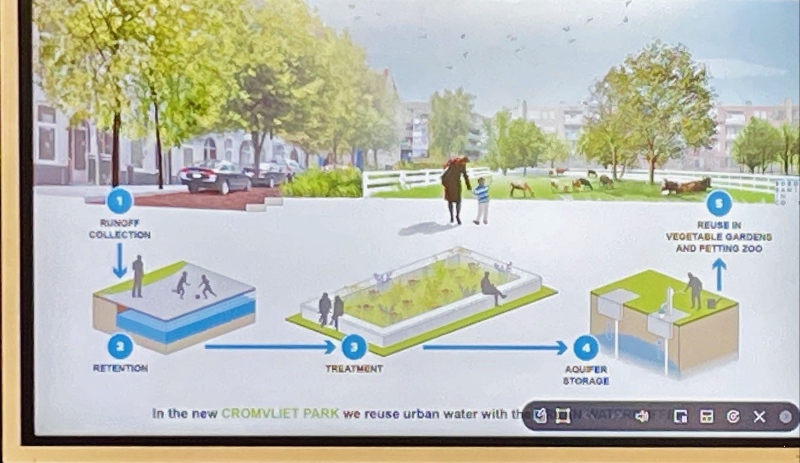
Three significant benefits not realised at the start of the project are:
- PFA groundwater contamination was found in wells nearby – this park’s “manmade” aquifer keeps the PFA plume away from important water sources
- Redirection of stormwater away from sewers (accepted practice in The Hague) will have a small but incremental benefit on reductions in overflows to canals.
- There have been no reports of flooding.
Summary
- We could do so many things to provide multi-dimensional benefits across our parks using the combined expertise of our green and blue/grey specialist people.
- There are always challenges; if the objective is clear, then we will ultimately succeed.
- The community is the heart of the solution – they become the ‘owners’ once specialists have moved to the next challenge.
- All works must include lifecycle costs – particularly sustainable operation and maintenance DON’T HIDE the true cost.
